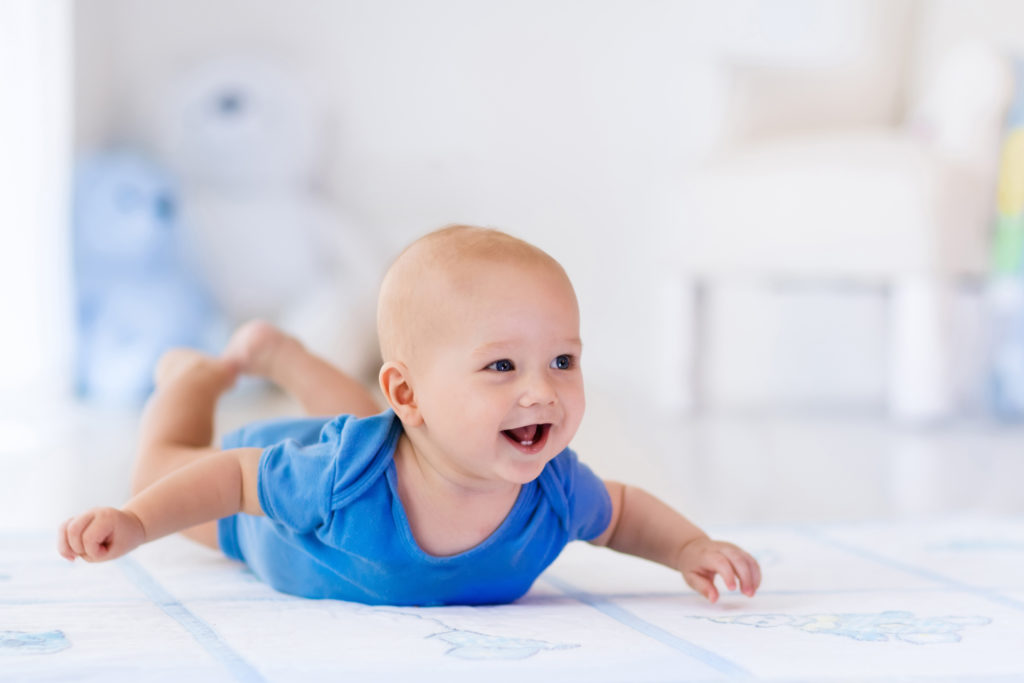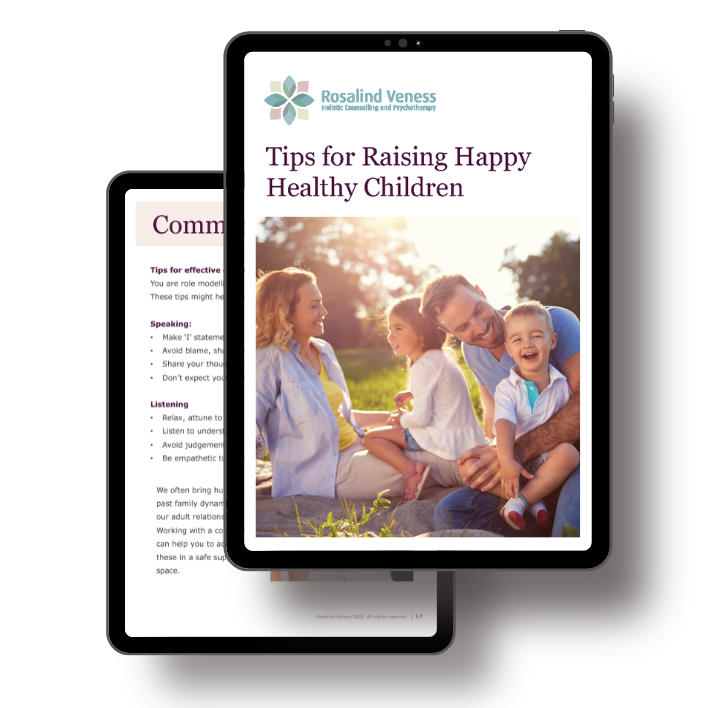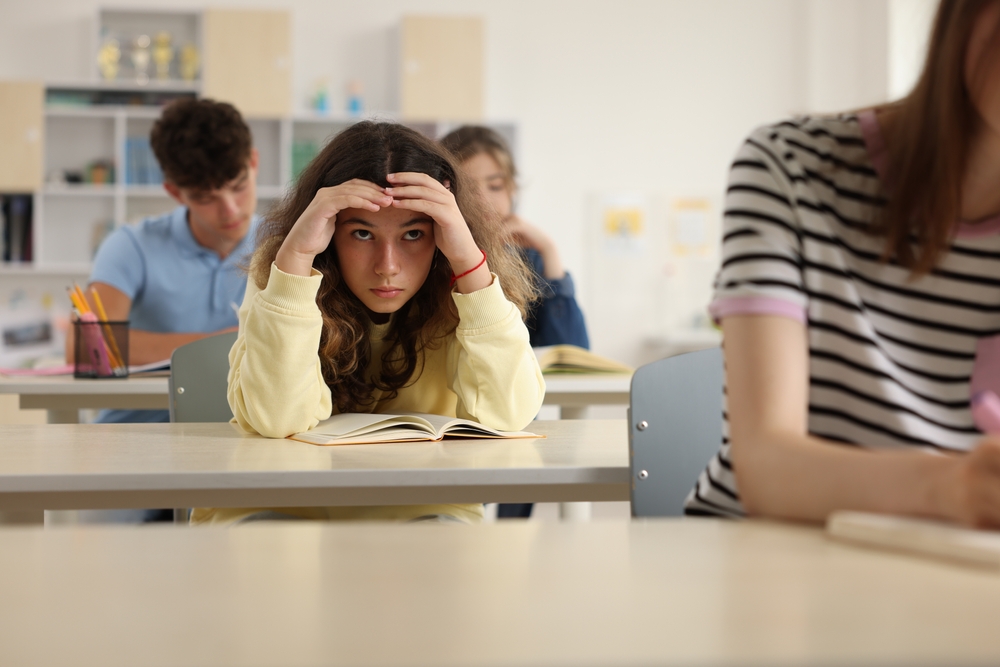
When I assess a child with learning and behavioural difficulties, one of the first things I am looking for is signs of Retained Primitive Reflexes.
Success in the classroom requires much more than simply being a certain age before starting school. Your child’s learning experience will be much more enjoyable if they have a good foundation of early development.
Child development happens in a pre-determined order, each stage building on the previous one. It cannot be rushed. One of the earliest stages is the inhibition of Primitive Reflexes.
What are Primitive Reflexes?
These reflexive movements develop before your baby is born, and are normally inhibited in the first 12 months through floor play and tummy time. When retained, they can affect all later stages of development, making classroom learning much harder than it needs to be.
Experiences of overwhelm, shock or trauma can delay the inhibition of these reflexes. This means that primitive reflexes could be present in many young children following the recent traumatic experiences of bushfires and covid.
Could it be that, through their bodies, our children are bringing us a message? Perhaps they are saying that the world doesn’t feel like a safe place to be in right now.
Healing from trauma happens through relationship, so the first step to help the children to feel safe is to offer them a place of safety and security. Then we can work with them to address any retained reflexive movement patterns.
How Retained Primitive Reflexes can Affect Learning
Signs of retained reflexes include poor coordination, restlessness, trouble concentrating, difficulties with listening and processing information, immaturities in fine and gross motor skills, physical and emotional balance. All of these skills are necessary for efficient learning, particularly reading, handwriting, maths, spelling and written expression.
Let’s look at four the main primitive reflexes:
- Moro or startle reflex
- TLR – Tonic Labyrinthine Reflex
- ATNR – Autonomic Tonic Neck Reflex
- STNR – Symmetrical Tonic Neck Reflex
Highly Sensitive and Anxious Children – The Moro Reflex
I’ll start with the Moro, baby’s primitive fight-or-flight reaction. When startled, a baby will fling his arms wide and drop his head back, before curling them back across the body, and starting to cry. Children who are highly sensitive, anxious, impulsive and react quickly often have a retained Moro. They may startle at sudden loud noises, touch or sudden movements.
Constantly on alert, they will struggle to relax and learn in a busy, noisy classroom. Your highly anxious child may also be a picky eater and be sensitive to certain foods. Feeling unsafe, their tummies tighten. As a result they often seek sugary foods and carbohydrates for a quick energy fix. Their preferred diet may consist of highly processed “foods” like white bread, chicken nuggets, pasta and rice.
Sense of Balance – The Tonic Labyrinthine Reflex (TLR)
Next is the TLR. If baby’s head is not supported, she will reflexively react by extending her arms and legs. Similarly, if her head falls forward, her body will react by curling into ball.
This reflex will start to inhibit after baby is about 6 weeks old. When your baby is having some tummy time on the floor, you will notice her start to lift her head to look for you. She may also start to focus on a colourful object placed just out of reach. As she does this she is building muscles in her upper body. When they become stronger, she will start to lift more of her body. This is the beginning of your child’s sense of balance, and self-confidence.
She needs these strong muscles to be able to sit still in a chair, and use these muscles to hold her head up. Without this, she might be very uncomfortable, and struggle to pay attention in class.
This reflex should be completed by around three and a half. When retained she may have poor posture, balance, poor muscle tone, and avoid sports.
Connecting the Left and Right Sides of the Brain – the Asymmetrical Tonic Neck Reflex (ATNR)
Next is the ATNR, which divides the body in half down the middle. During floor play and tummy time, or when baby is sleeping on his tummy, you might notice that when his head turns to one side, the arm on that side straightens, and the other arm curls. This reflex naturally wanes as baby’s neck muscles become stronger
This is a normal reflexive pattern, and he needs time and space to keep doing this until it recedes. If not, he will likely struggle with reading, spelling, writing and written expression, and may also seem clumsy and uncoordinated.
Your child will likely find it difficult to focus on the printed page, losing his place as he tries to read across a line of writing. He might also find it hard to bring his eyes together to focus on a single point, and struggle to bring thoughts to words.
He may have trouble processing sounds, preferring to hear with either his right or left ear, but unable to focus on both ears at once. Each ear plays a different role in listening. We need to be able to link the sounds received from each ear. Similarly with our eyes and visual processing.
Other signs of a retained ATNR are immaturities in hand-eye coordination, visual tracking, sense of balance, trouble crossing midlines, delayed motor skills, confusion between left and right, and mixed dominance. These stages of development should all be completed by 8 years of age.
Restless and Fidgety – the Symmetrical Tonic Neck Reflex (STNR)
Now let’s explore the STNR. This reflex comes in when baby is about 6 months old, and divides her body horizontally across the middle. As her head comes up, her bottom will sink to her heels. Then, as she lifts her bottom, her head will sink to the floor.
This is how nature helps your baby to get up on all fours, ready for crawling. Crawling itself is a complex process, as baby learns to combine legs and arms on both sides of the body in a coordinated movement. This reflex normally inhibits through a rocking motion as she prepares her body for starting to crawl, building muscle strength in arms and legs.
If you see baby W-sitting, scooting along on her bottom, or doing a bear walk (crawling with straight legs) it is likely that she needs more time on the floor, and some help with inhibiting this reflex.
When retained, your child will likely struggle with learning to swim. She may find it difficult to coordinate arm movement and breathing, with kicking her legs at the same time. She may be able to focus on either one or the other, but struggle to do both properly at once.
Links to ADHD
In the classroom, they will likely find it difficult to copy from a board, and may struggle to maintain an upright posture, with their feet planted firmly on the floor. This reflex is often linked to ADHD-type behaviours, such as restlessness and fidgeting, as your child struggles to sit still. Every time they bend their head to start to write, their feet will automatically want to go back under the chair. Then as they sit upright, their feet will want to stretch-out in front. The result is a constant bobbing motion.
Testing for Retained Primitive Reflexes
These primitive reflexes should be fully inhibited by around three and a half years of age. It is a good idea to find a professional to check them if you are concerned. Inhibition exercises, started early, can help free your child for later stages of development, and minimise later struggles.
I suggest testing all children for retained primitive reflexes before starting school and again at around 7 to 8 years of age. At this point, your child should have completed the important first seven year stage of their development, and is now ready for abstract learning such as reading, writing and spelling.
It’s Never too Late
It’s never too late to help your child, but is is much easier when they are younger, before secondary issues such as poor self esteem, anxiety, anger and frustration start to creep in.
It wasn’t until I was in my fifties and was completing my training as an Extra Lesson practitioner that I realised I had retained reflexes. This explained my difficulty in bringing my thoughts to words, and also my wonky swimming style. Co-ordinating movement of both legs and arms, while breathing at the same was such a challenge!
Routine testing in schools could help improve learning and concentration for all children in the class, as can bringing inhibition exercises into the daily school routine. Early intervention can support lifelong learning , not just in the classroom, but also social, emotional, behavioural and physical development.
School-based Sensorimotor Development Program
Perhaps your child’s school is interested in offering a generic sensory motor development program such as that developed by the Institute for Neuro-physiological Psychology (INPP). This has been well-researched and is based on understanding brain science and the importance of early stages of development as a foundation for all later learning.
Download our FREE e-book Tips for Raising Happy, Healthy Children





